Meal prepping (aka “meal prep”) is often misunderstood. Many people think meal prepping and meal planning are the same thing. The truth is, they go hand-in-hand, but they’re different. In this post, first I’ll quickly explain that difference, and then I’ll show you how I do meal prep, and how you can use these great meal prep ideas too to burn more fat (or build more muscle) in 2023.
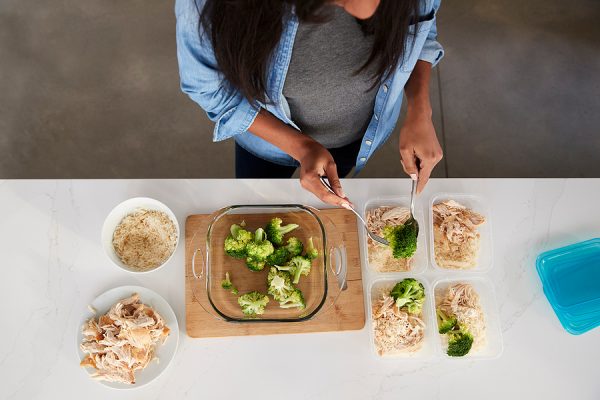
First, let me clear up the confusion about meal planning versus meal prepping.
The biggest misconception is that meal prep means shopping and then cooking for several hours on Sunday for the whole week ahead. That is one meal prep possibility, but far from the only one. I’ve never done it that way.
In reality, doing one huge cooking fest one day a week is probably not the most popular method, though it may look that way if you scroll meal prep and bodybuilding nutrition instagram accounts and you see giant stacks of prepped meals piled up on the kitchen counters of “influencers.”
Okay, so what is meal prepping then? How is it different from meal planning?
1. MEAL PLANNING
Meal planning is calculating daily calorie and macro numbers and then creating daily meal plans that hit those macro targets. This is done with apps, spreadsheets or online software, like our Burn the Fat Meal Planner at Burn the Fat Inner Circle.
You might create one meal plan and eat the same most days of the week, or you might create multiple meal plans for variety. It’s up to you. When you create more than one meal plan, they may be completely different, or only one meal may be different, as in rotating dinners every night. (Same breakfast, same lunch, and different dinner every day is a popular approach to meal planning).
Meal planning also includes choosing a daily meal schedule, which is the number of times you choose to eat per day, including regular meals, snacks and or meal replacements, and the time of day you plan to eat them. If you eat and snack randomly, with no meal schedule at all, your odds of success are pretty low. One of the biggest causes of fat loss failure is unplanned snacking.
The term meal planning may also mean choosing what meals or recipes you will cook for yourself and or family (especially for dinners), a few days ahead of time or even an entire week in advance. This allows for efficient, stress-free grocery shopping one or two days a week.
When you’re a meal planner, you don’t choose what to eat on the fly and you’re not left staring in the refrigerator at 5 pm still wondering what’s for dinner. “Failing to plan is planning to fail,” they say, right?
2. MEAL PREPPING
Meal prepping on the other hand, is basically cooking. More specifically, it’s cooking in advance. It means planning and shopping first, then cooking in bulk, portioning the food into single meal servings, and then storing them in containers so you’ll have food ready to reheat and eat later.
Meal prep can also mean cooking individual foods (like chicken breasts, potatoes, vegetables, etc) in bulk, which can then be combined into complete meals later.
There are many meal prepping techniques. No single meal prep frequency or strategy is best for everyone, but there are many that can work for almost anyone. Here’s a list of 13 great meal prep ideas that I use personally:
13 GREAT MEAL PREP IDEAS
1. Cook all your meals in the morning for the day ahead.
Back in the old days, I worked in New Jersey health clubs. I put in long hours, starting around noon until 9 or 10 pm. I needed plenty of meals for that shift. I ate breakfast and second breakfast at home in the morning. Also in the morning, I’d make my other 3 or 4 meals for the day ahead, and pack them in meal prep containers. It didn’t take long. I took them to work with me and put them in the fridge. When mealtime came around, I popped them in the microwave. Easy. You don’t have to meal prep for a whole week in advance (though you can if you want to), you can prep meals one day at a time if you choose. (For some people, this is as simple as packing a lunch).
2. Plan, shop and cook twice a week for the 3 or 4 days ahead.
Prepping twice a week seems to be a more popular and practical method than cooking for a whole week at a time. Sometimes this is because you want to split the cooking work into shorter blocks. Sometimes it’s because on Sunday, you have no idea what you’ll want to eat at the end of the week yet. Or like me, you may prefer fresher food. People doing twice a week meal prep might assign every Sunday and every Wednesday as planning and prep days. On Sunday, they decide what they’ll eat Monday, Tuesday and Wednesday and go shopping, and then prep. On Wednesday, they decide what they’ll eat Thursday, Friday, Saturday, and Sunday and repeat.
3. Cook twice as much as you need for dinner (double batch). Eat the leftovers later.
Another simple strategy is to scale up your ingredients when you cook dinner and make twice as much as you need (or more). Then you eat the leftovers the next night or for lunch the next day. If you cook a double batch one night, you’ll be eating the same dinner two nights in a row, but you get to change it up on the third night. This simplifies your food tracking and gives you a break from cooking nightly.
4. Make huge batches of turkey chili, lean beef stew or casseroles in the slow cooker.
If a double batch is good, how about a triple or quadruple batch? (You could even go 6X or 8X). This works great for recipes like turkey chili, beef stew, casseroles, and the list goes on. There’s a lot of room in a slow cooker. Fill it up and you can have easily six portions. Pack them all up for later, or have one now and have five prepped for later.
Check Out Burn The Fat Feed The Muscle Beef Stew (One Batch Makes Six Servings)
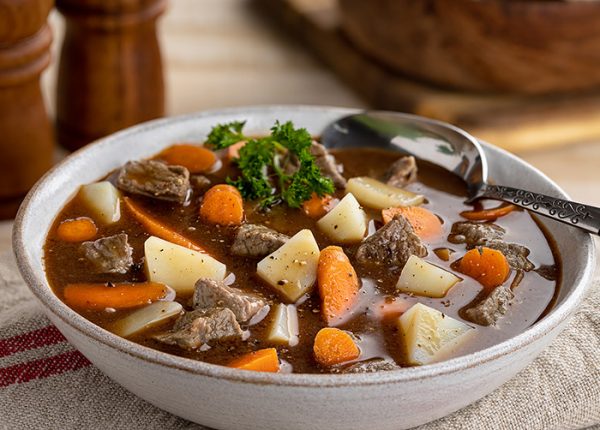
5. Roast two pounds of veggies, then enjoy them for days.
Only 10% of Americans get the minimum recommended daily fruit and vegetable intake. Some people struggle with vegetable intake because they they don’t enjoy eating them. The good news is, you can not only meal prep / batch cook vegetables, you can make vegetables insanely delicious by roasting them. Even people who normally don’t like vegetables love them when they’re roasted. Roasting veggies brings out the natural sweetness, and gives veggies a caramelization or browning and depth of flavor they don’t get from steaming. There’s nothing to it. The simplest formula is small amount of olive oil, salt and pepper.
Check out Burn the Fat, Feed the Muscle Italian Seasoned Roasted Carrots
6. Bake 4 (or more) white potatoes or sweet potatoes at a time.
When it comes to healthy starchy carbs, potatoes are a staple. It’s a myth that potatoes are fattening. In fact, potatoes rank higher than any other foods on the satiety index (they make you feel fuller). It’s also a myth that sweet potatoes are good and white potatoes are bad. That’s silly. They’re both great. If you’re going to bake one, you might as well bake four or even six. it doesn’t take any more time or effort. Store them in the fridge until you need them or put them in meal prep containers as one component of a three-part meal, then add the other two – the protein and the fibrous carb (veggies).
7. Make a whole pot of seasoned stovetop rice – enough for four to six meals (or use a rice cooker for big batches of plain rice).
Along with potatoes, rice is one of the top starchy carb sources in bodybuilding and fitness diets. For years, I only cooked rice in a rice cooker. But not long ago learned about stovetop rice cooking. I use chicken or vegetable broth and aromatics and toast the rice lightly in a bit of olive oil before adding the broth. The great thing about either method – rice cooker or stovetop – is that it’s easy to make the rice in large batches. The number of flavor options for stovetop rice is endless – Mexican, Italian, Asian, Greek, Curry, Turmeric and more.
Check Out Burn The Fat, Feed The Muscle Cilantro Lime Stovetop Rice
8. Plan ahead and pack a meal or snack when taking a road trip or flight.
People often complain about being stuck with restaurant meals or convenience store food when they travel, but all it takes is a little forethought to stay on your plan. When I travel, take a road trip, or even take a long hike, I always do some planning and meal prepping so I have control over my food intake.
Our famous apple cinnamon oatmeal protein pancake recipe has always been the number one travel meal for me because it’s portable and it keeps all day without needing refrigeration. It’s like finger food that I can even eat while driving. (I’ve never had one confiscated at the airport by TSA either). Healthy homemade Sandwiches and wraps are another good option. If I were to pack a simple snack it would be a protein shake, piece of fruit and some nuts.
Check Out The Burn The Fat, Feed the Muscle High Protein Oatmeal Pancakes
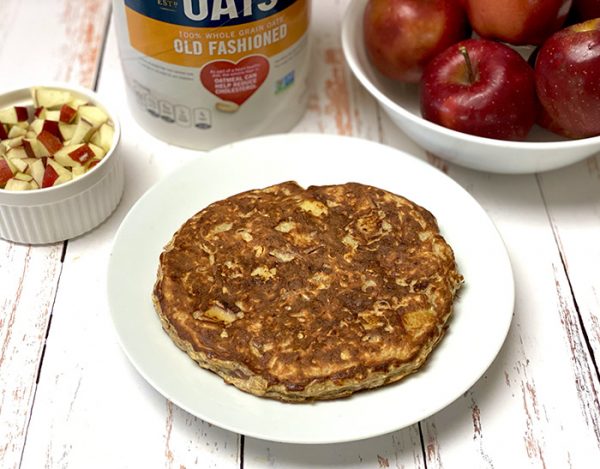
9. Cook a whole turkey breast.
For years I roasted a whole turkey for thanksgiving. Then one year after someone suggested it, I roasted only the turkey breast, not the whole bird. It was a lot easier. For one thing, it was quicker, taking only two hours for a six pound breast at 375. It was also easier to carve and serve. Plus, the breast is the leaner white meat, which means fewer calories, less fat and more protein. It was so simple, I later started roasting whole turkey breasts all year round for protein meal prep. It’s great! You have enough turkey to last you the better part of the week and it’s versatile because you can use the meat so many ways – in salads, on sandwiches, straight up as the protein in a meal and so on. Much healthier than most sliced deli meat too.
10. Marinate chicken breasts at least four at a time and grill.
Marinating and grilling chicken breasts is one of the most popular meal prep techniques. It’s easy and it makes your chicken delicious and much juicier. It only takes two to four hours, though you could go a little longer like marinating them in the morning for dinner later in the day. Most people marinate in a large Ziplock bag. My number one tip for gilling is to flatten the chicken breast (with meat mallet) to about half an inch thickness. This assures perfectly even cooking with only about 5 minutes per side.
One of the most popular chicken breast marinades in the Burn the Fat Feed the Muscle community is Balsamic Italian Marinated Grilled Chicken Breast. Of course, you could be lazy and just marinate your chicken in balsamic vinaigrette salad dressing, but try this home made from scratch marinade and you won’t be disappointed:
Balsamic Italian Marinated Grilled Chicken Breast:
2 tbsp olive oil
3 tbsp balsamic
1/2 tsp garlic powder
1/2 tsp salt
1/2 tsp black pepper
1 Tbsp Italian seasoning
Enough for 20-24 oz chicken (4 breasts 5 to 6 oz each)
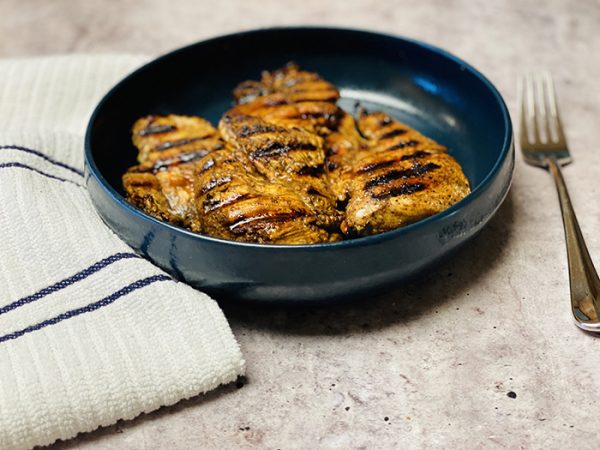
11. Brine chicken breasts at least four at a time, season and bake
Dry chicken is the worst. I don’t think anyone loathes anything more than dry chicken, except maybe eating tuna in water plain right out of the can. I’m telling you, brining is the answer. No more dry chicken, ever! There are many ways to brine. Some are complicated. The classic simple method for boneless, skinless chicken breasts is to immerse them in salted water in a bowl. That’s it.
One tablespoon of salt per cup of water is the standard formula. When brining 24 ounces of chicken (four six-ounce breasts), that’s 4 cups of water and 1/4 cup of salt. Be sure to stir the salt in the water until it is dissolved. The brining time can be as little as 15 minutes, but 30 to 60 is the most common recommendation. I usually brine for 30 to 45 minutes.
You are adding sodium to the meat by brining, but not as much as most people think. Less than 300 mg, according to tests by Cooks Illustrated. After brining, you season and bake. A simple classic is paprika. Combine it with garlic powder, pepper and salt, for a more robust flavor. Or try barbecue seasoning, cajun, or any seasoning you like.
12. Make baked oatmeal
Baked oatmeal is different because it’s not a watery or even creamy porridge, and it’s not like oatmeal bread or a solid oatmeal bar either – it’s more like the middle ground between the two. You can cut it with a knife, serve it with a spatula, and eat it with a fork. It takes longer to bake oatmeal than it does to make it in the microwave, but try it once, and you’ll agree it’s worth the time and you’ll make it again. The best part is, this is a fantastic breakfast meal prep. You can make it once and then enjoy the leftovers the next two or three mornings in a row.
Check out the Burn the Fat, Feed the Muscle Double Berry Baked Oatmeal Here
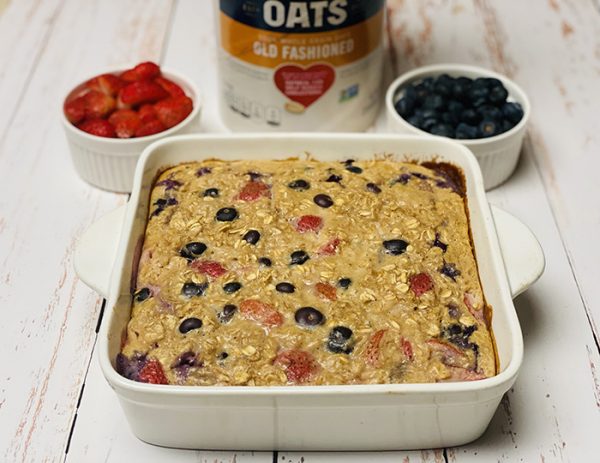
13. Overnight oats
Overnight oats are simply a way to make and serve oatmeal without cooking required. Instead of heating your oats in the microwave or on the stovetop, you simply add the ingredients to a jar, mix and refrigerate overnight (or at least a couple hours), it thickens up, and then you can eat it on the spot (or take it with you for a portable meal or snack. The flavor combinations are almost infinite
If you want to make overnight oats in batches for meal prep, just line up some Mason jars and crank them out like an assembly line. Overnight oats will keep in the refrigerator for 4 to 5 days, However, it’s possible the texture may change if they sit in the fridge too long. In my opinion, overnight oatmeal is best within 3 days.
Check Out These Mocha Cappuccino Overnight Oats With 49 Grams Protein!
Need more meal prep ideas?
To learn more, be sure to check out The Burn The Fat, Feed The Muscle Guide To Flexible Meal Planning For Fat Loss This new ebook is focused (obviously) on meal planning, and how to set up a daily meal plan based on macros (protein, carbs and fat). But when you grab the Meal Planning ebook, for a limited time, you can also get my new special report, The Burn The Fat, Feed The Muscle Meal Prep Guide, as a Free bonus.
Download the Flexible Meal Planning e-book and your free Meal Prep Guide Here: www.BurnTheFat.com
If you want access to hundreds of Burn the Fat, Feed the Muscle recipes and the Burn the Fat Meal Planning software, join us at the inner circle: Burn The Fat Inner Circle
Train hard and expect success!
Tom Venuto,
Author, Burn the Fat Guide to Flexible Meal Planning For Fat Loss
Founder, Burn the Fat Inner Circle

Tom Venuto has been a trusted natural bodybuilding and fat loss expert since 1989. He is also a recipe creator specializing in fat-burning, muscle-building cooking. Tom is a former competitive bodybuilder and today works as a full-time fitness coach, writer, blogger, and author. In his spare time, he is an avid outdoor enthusiast and backpacker. His book, Burn The Fat, Feed The Muscle is an international bestseller, first as an ebook and now as a hardcover and audiobook. The Body Fat Solution, Tom’s book about emotional eating and long-term weight maintenance, was an Oprah Magazine and Men’s Fitness Magazine pick. Tom is also the founder of Burn The Fat Inner Circle – a fitness support community with over 52,000 members worldwide since 2006. Click here for membership details


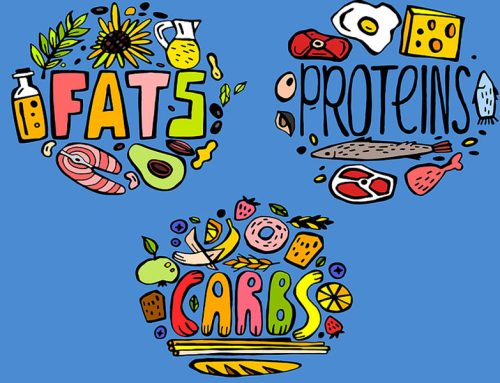
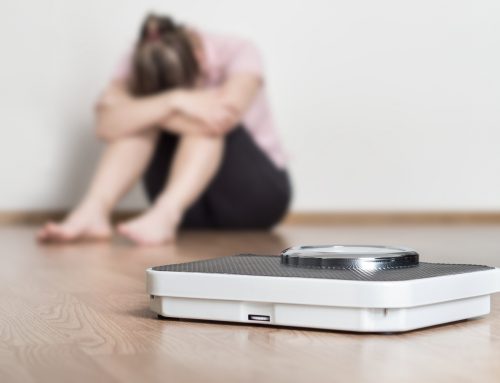
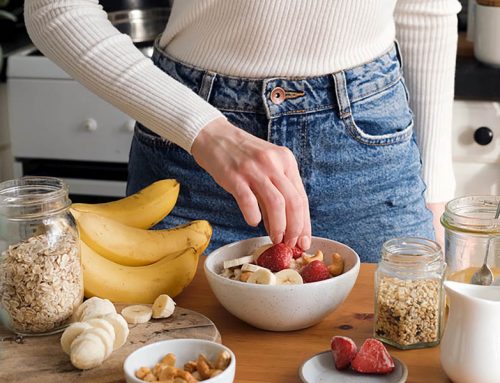
Leave A Comment